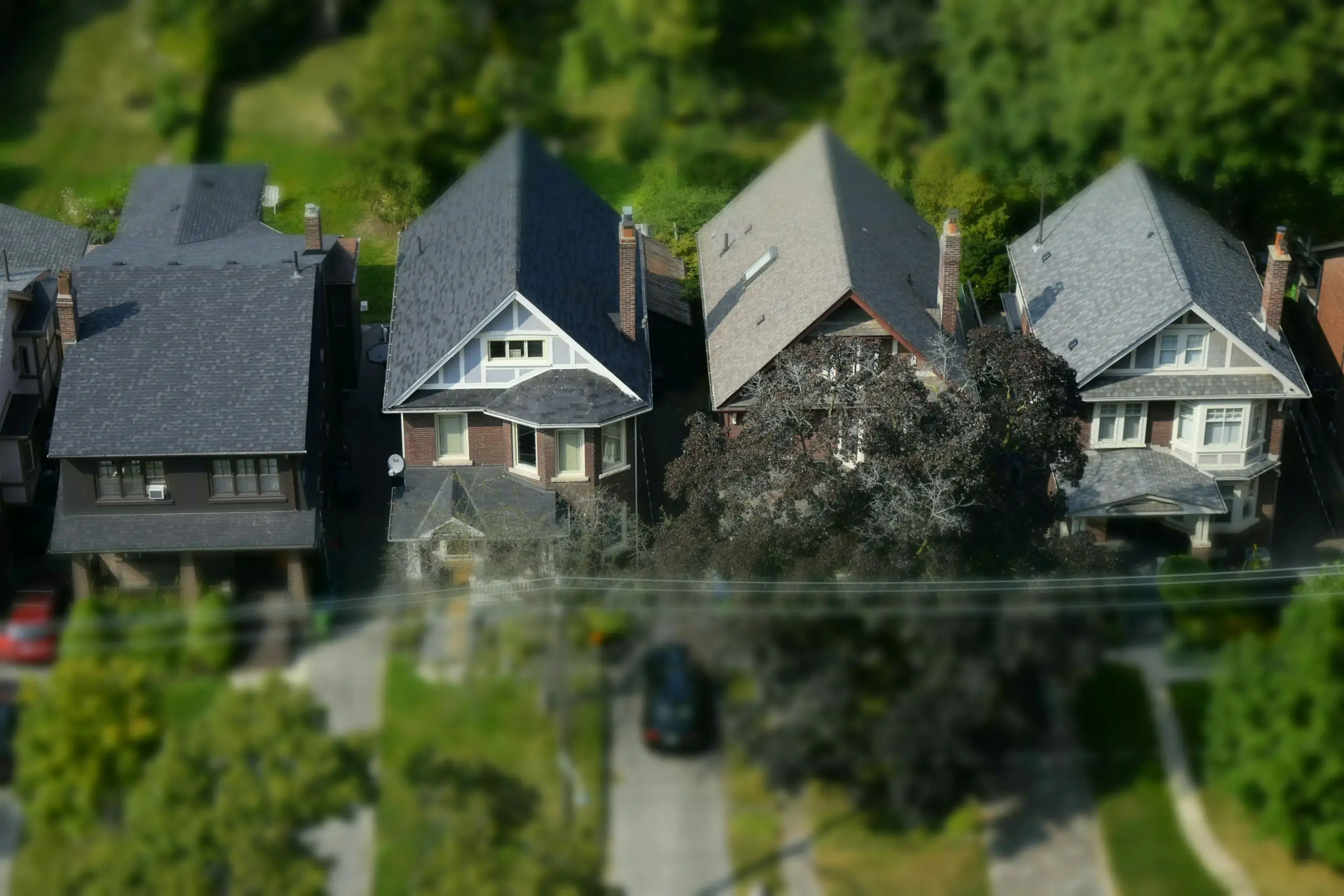If your roof took a beating in a recent storm, you might be wondering: Should I just replace it with the same thing, or upgrade to something better? You're not alone. A lot of homeowners in northeast Colorado ask us about the differences between metal roofs and asphalt shingles—and whether it’s worth the switch.
Here’s a simple breakdown of your most common options.
Asphalt Shingles: The Classic (and Tougher Than You Think) Choice
What they are:
Asphalt shingles are the most common roofing material in the U.S., made from a fiberglass base with asphalt on top. But not all shingles are equal—we install Class 4 impact-resistant shingles as our standard, not an upgrade. These are built to hold up better against hail, wind, and Colorado’s unpredictable weather.
Pros:
- Affordable – Still one of the most budget-friendly options.
- Easy to install and repair – Quick turnaround, and most roofers are familiar with them.
- Insurance-friendly – Covered by nearly all policies.
- Built tougher – Class 4 shingles offer better protection than standard asphalt and may even qualify for insurance discounts.
Cons:
- Still has a shelf life – Typically lasts 20–30 years, depending on weather and upkeep.
- Storm damage can still happen – No material is completely storm-proof.
- Not as reflective as metal – May absorb more heat in the summer.
Best for:
Homeowners who want the best value and protection under insurance coverage. Class 4 shingles are a reliable, smart choice for most homes in our region—and we include them as standard because they just make sense.
Metal Roofing: Tough and Long-Lasting
What it is:
Metal roofs come in large panels or smaller “shingles” made of steel, aluminum, or copper. They’re growing in popularity, especially in rural areas.
Pros:
- Very durable – Handles hail and wind better than shingles.
- Long-lasting – Can last 40–70 years with proper care.
- Energy-efficient – Reflects sunlight, which helps keep your home cooler.
- Fire-resistant – A big plus in dry seasons.
Cons:
- Higher upfront cost – Insurance may only cover replacement with the same material unless you pay extra.
- Noisier in storms – Some folks love the sound; others don’t.
- Can be harder to match later – Repairs may require full panel replacements.
Best for:
Homeowners planning to stay long-term who want fewer future repairs—and who don’t mind spending a little more now to save later.
Tile and Other Premium Roofs
What they are:
Clay or concrete tiles, slate, or composite materials. These are heavier and more specialized.
Pros:
- Very long lifespan – Often 50+ years.
- Unique look – Great for certain architectural styles.
Cons:
- Heavy and expensive – Not all homes are built to support the weight.
- Specialized repairs – Few local contractors handle tile.
Best for:
High-end homes or historic properties where style and longevity are the top concerns.
So... What Should You Pick?
If you’re working with insurance, you’re usually covered for "like kind and quality"—which means they’ll pay to replace what you had, not upgrade it. But you can choose to upgrade and pay the difference yourself.
Here’s how we help:
- We inspect the damage, meet with your adjuster, and explain your options.
- We walk you through the cost difference and what’s worth it.
- We handle all trades—roofing, siding, windows, and more—so you’re not stuck managing a dozen contractors.
Need Help Deciding?
Every roof and every claim is different. If you're not sure what makes sense for your home, give us a call. We’ll shoot you straight—no pressure, no upsell. Just honest advice from folks who live and work right here in your community.
